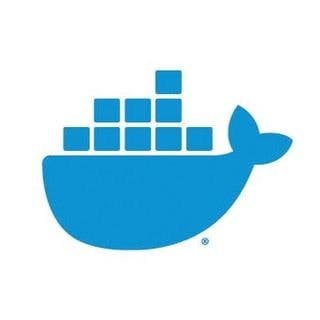- Valuation Model
- Expert Interviews
- Founders, funding
How does Docker view WebAssembly and Wasm containers, and what are their potentials and complementarity in driving the company's success?

Scott Johnston
CEO at Docker
There's two answers to that.
One is that it’s worth being skeptical anytime you hear, "X is going to kill Y." Mainframes are still a ~$20 billion business for IBM. There's still plenty of VMs out there. Java is celebrating its 27th birthday this year, JavaScript as well. Neither is falling in popularity. Overall, history would say that those kinds of assertions are pretty nonsensical.
But to answer in a more strategic way, what we were all trying to do 15 years ago—and what Docker accelerated—is this new way to create value around microservices.
Microservices allow smaller teams to own the value they're creating, ship faster, add value, and deliver value to their customers faster, and Docker rose in tandem with the trend around microservices. Docker Linux containers were the first really obvious and easy way to deliver microservices.
Microservices existed before Docker—Netflix was off doing them—but Docker made it easy and democratized the ability to deliver microservice-based apps.
In 2016, we brought that to Windows containers, and in the last 18-24 months, Amazon has embraced the Docker container image format for serverless via Amazon Lambda. 25% of all Lambdas are now delivered as Docker containers.
You can see where this is going. Wasm is now delivered as a Docker container. You can build them in our build technology and run them locally. Wasm is another way to create a microservice, much like Linux containers, Windows containers, and Amazon Lambdas.
Docker is such an easy way for developers to reason about and build microservices. It was applied initially to Linux containers, but it's been applied to multiple architectures since. Wasm is just one more architecture.
Docker is an application development platform based on open source technologies that allows developers to create, deploy and manage containerized applications.
